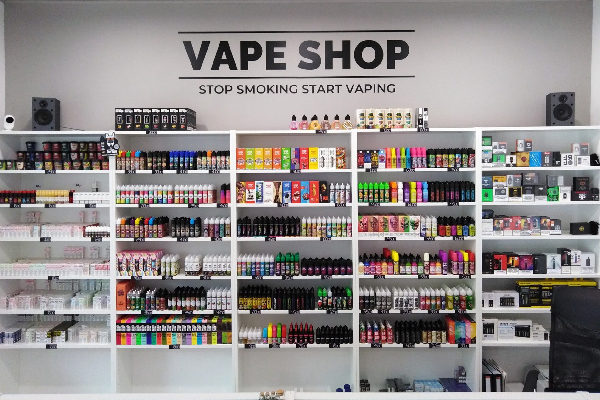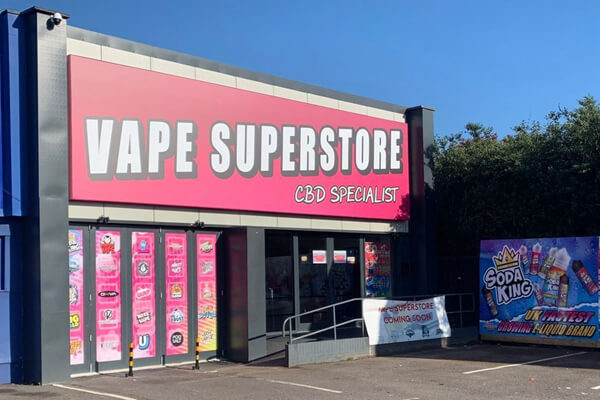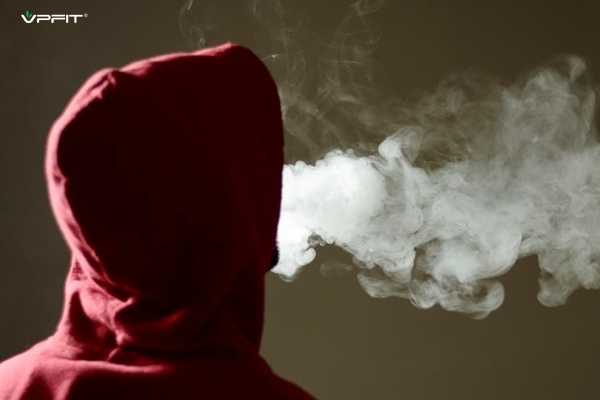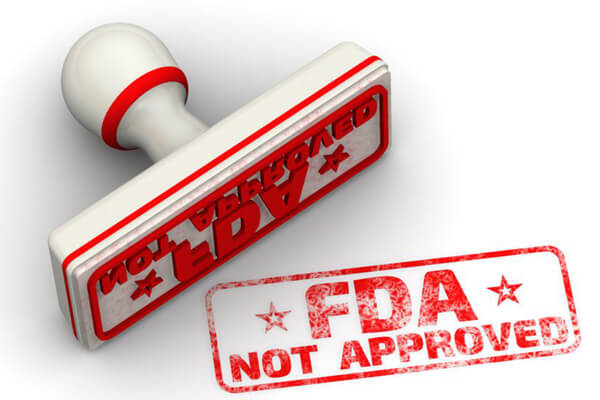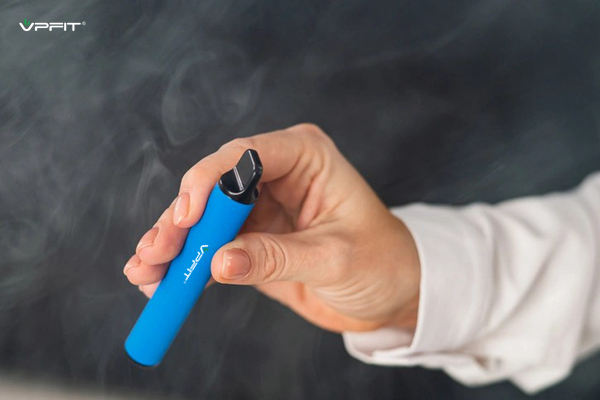
Best Nicotine Free Vape Factory Complete Guide
July 21, 2023
An Insight into the Best OEM Vape Manufacturers
July 25, 2023The latest research shows that the number of vape shops in New Zealand far exceeds that of KFC and McDonald’s chain restaurants. At present, the number of professional vape retailers is four times that of McDonald’s and KFC. Moreover, it also exceeds the number of community pharmacies in the country.
The number of specialty vape shops has almost doubled
The New Zealand government announced a series of measures to deal with the vaping problem as early as June. These measures includes banning new vaping shops within 300 meters of schools and the Mary Cultural Center. (Mary Cultural Center is a cultural gathering place for New Zealand’s aboriginal Maori community for cultural, social and religious events).
Professor Janet Hoek from the University of Otago in Wellington points that, a June 2022 study shows that there were 645 specialty vaping retailers (SVRs) in New Zealand. 613 of which locates within 1km of a school.
The number of specialty vape shops has nearly doubled since that study.
These proposals offer some protections for young people to some extent. However, the omission of the “store density measure”, lack of retroactive authority and no limit on the overall number of stores is a cause for concern.
She said,
“By way of context, there are currently four times the number of SVRs than there are McDonald’s and KFC stores, and SVR outlets now exceed the number of community pharmacies in the country,”
The “E-cigarette Law” allows ordinary stores to sell e-cigarette products with tobacco, menthol or mint flavors. While professional stores as R18 stores can sell a full range of flavors.
Regulations to implement the bill come into effect in August 2021. By the end of November last year, the Vaping Regulatory Authority has approved 671 applications for professional vape shops. By the end of March this year, another 534 applications had been approved.
Hoek has found that more and more small retailers, often dairy owners, are segmenting their storefronts into specialty vape shops.
“The evolution of these ‘stores-within-a-store’ means specialist vape stores are now located adjacent to schools and playgrounds, a development unlikely to support the legislation’s aim of minimising harm to young people and children,” she said.
The solution to this problem, she emphasizes that, is to introduce a “sinking lid” policy.
Hoek said that, as long as vape stores operate, measures should limit young people’s exposure to vaping products. Specifically, retail displays in generic outlets should be disallowed and no store should feature vaping product displays that may be seen from outside that store.
‘Gradually reducing’ number of vape shops
To some extent, the increase in the number of vape stores also brings troubles to the supervision of the industry. Some people in the industry hope that vapes will be included in the category of “smoking cessation products”.
Cody Peneamene, business development manager for vape store Vaporium, said he would welcome any move that puts the vaping market back in the “smoking cessation business rather than the entertainment business.”
“We’re seeing an increase in stores that specialize in selling disposable e-cigarettes.”
Mr Pene Armene said restrictions on vape stores around schools would dampen the recreational market, which was “ultimately a good thing”.
He thinks a “sinking lid” policy might be a good idea. And Vaporium is “generally supportive and supportive of the Ministry of Health’s regulatory approach”.
“There are nearly a dozen vaping stores on George St alone. It’s unnecessary, especially for a regulated product that should be treated as a health-based approach.”


